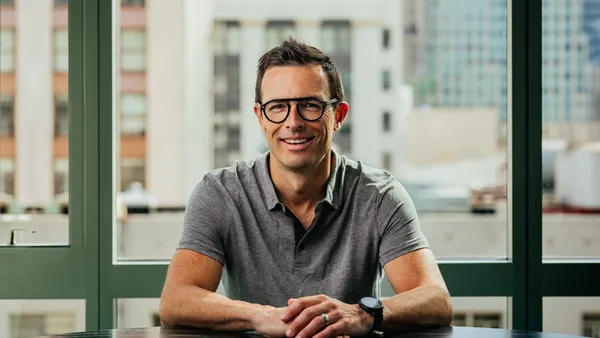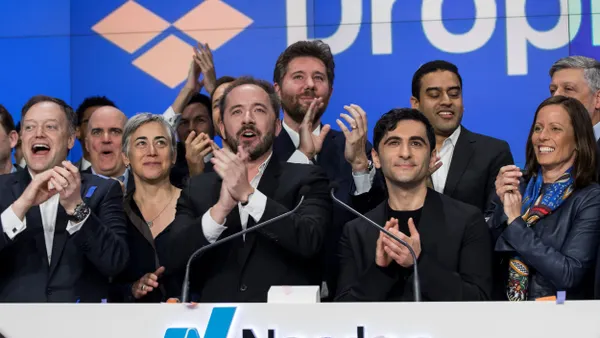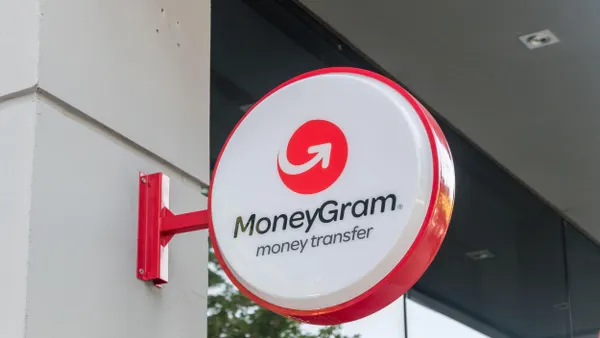When Deepak Ahuja retired from Tesla for the second time at the beginning of this year, he was leaving the pioneering electric vehicle manufacturer on a high note.
Although the company had posted only occasional profitable quarters since it launched in 2003, Ahuja’s final two quarters as the company’s CFO were profitable; some analysts believed the company might finally be on a sustainable financial path.
The view was short lived. As soon as his retirement was announced, at the end of the company’s earnings call for the last quarter of 2018, its stock price plunged 6% — and its financials immediately dropped back to losses in the next two quarters.
The plunge was telling; it spoke to the stabilizing role analysts believe Ahuja played at the company. He was the level-headed adult in the room to counterbalance the brilliant but mercurial CEO Elon Musk.
"He came in before Tesla went public, and some people credit him for navigating a very difficult financial situation, getting Tesla out of quite a few pickles," said Eric Guberman of E for Electric, which tracks the electric vehicle market.
"Ahuja safely steered one of Silicon Valley’s most audacious technology ventures not just through the ensuing cash crisis, but also through a hugely successful IPO two years later," analysts said in a Forbes Insight brief. "That feat speaks … of Ahuja’s talents."
Because of how Musk dominates the public-facing side of the company, it can be difficult for analysts to know exactly how much impact Ahuja had in navigating Tesla financially through its key growth period. As Guberman says, "everyone’s on a string from Elon." But the numbers are clear.
When Ahuja joined Tesla — at Musk’s request in July 2008 — following years at Ford as controller of its small car product development division, the company was in flux. Tesla had income of about $15 million from reservations for its first car, the 2008 Tesla Roadster, was preparing for a Series E funding round, and had never even had a CFO. By the time Ahuja left the first time, at the end of 2015, the company was public, with more than $4 billion in revenue on a GAAP basis, and had produced 51,000 cars.
As Musk said at the time, "he’s done an amazing job."
Ahuja returned two years later — again at Musk’s request — and by the time he left in 2019, the company had almost $22 billion in annual revenue, was worth almost $50 billion (and later in 2019 reached $53 billion, overtaking GM as the most valuable auto manufacturer in the United States), had more than 530,000 of its cars on the road, and had back-to-back positive quarters, totaling $450 million in profit.
Some analysts think Tesla may still fail. It remains too reliant on debt to fund its operations and, with its most affordable model priced at more than $35,000, its cars are still too expensive to be an option for many households. But the company has done something remarkable, even if it keeps muddling along instead of becoming consistently profitable: Tesla has become the global leader of the electric car market, outselling all electric cars offered by established American, European, Japanese, and Chinese car makers by double digits, and it did so by showing consumers electric cars can be both attractive and practical. What's more, it started from scratch and became the first vertically integrated car manufacturer to launch in more than 100 years.
"This is the first time in my lifetime I'm watching an American car company be formed instead of disappearing," Ben Holmes, president of IPO research firm Morningnotes.com, said at the time of the company’s IPO.
"Tesla has certainly set the bar for what an electric vehicle can be for people," Colin McKerracher, head of advanced transport at BloombergNEF, told CFO Dive. "They’re the top-selling electric vehicle manufacturer. Their revenue from electric vehicle sales is more than two times their closest competitors. So, Tesla’s revenue from electric vehicle sales last year was $18.5 billion. The closest after that would be BYD, in China, and BMW, at around $7 billion, including those companies’ plug-in hybrids. So, when it comes to unit sales, in 2019, Tesla is way out in front."
Rocky beginning
The prospects of this happening were anything but likely when Ahuja came on board. At the time, the company was considering a $100 million Series E capital raise. Ahuja had barely moved into his office when billions of dollars in bad mortgage loans led to the collapse of Lehman Brothers, sparking the collapse of global debt and equity markets.
"Those were the dark, dark days," Ahuja said. The funding round "completely fell apart. It meant that we had to completely redesign our business plan, let go 30% of our workforce."
Ahuja said he expected to be let go as part of the restructuring, but he wasn't. "Why have a high paid CFO when you don’t need it? I somehow survived that."
The company went through a period when it wasn’t clear if the payroll would be met each week. "There was no funding," he said. "Mr. Musk was funding the company from his own pocket."
Global capital started flowing again by 2010 and the executive team at Tesla had made the decision to go public rather than continue to rely on private capital raises.
"For us an IPO was not an exit strategy," he said. "An automobile company is asset intensive. We knew we needed billions of dollars, and there was no one in the Valley who was going to give us even $100 million. So, that was the only reason we went public."
In June of 2010, the company offered 13.3 million shares at $17 per share, raising $226.1 million.
Rocky future
The IPO was a turning point for the company because it enabled it to get capital at the lowest cost possible and build its brand. But it was a pressure-packed time as well.
"It came with a lot of pain in terms of disclosures, visibility, and so forth," he said.
What’s more, the risk of existential threats was always hovering above them. "Your technology perhaps doesn’t work," he said. "It’s the right product but you’re not ready. The time to get the product to market is longer. In our case we had both of those issues, and to compound it, we had this super aggressive production ramp we thought would go from zero cars to 400 cars a week in six months but we could barely touch 200, so that becomes an existential crisis, because your revenues are not coming, your costs are piling up. So, those challenges don’t stop. I don’t think they’re over for Tesla, quite frankly."
Chance to make a difference
Going forward, Tesla’s performance is largely beyond Ahuja’s control. After announcing his retirement, he stayed for several months in an advisory role while his replacement, Zach Kirkhorn, got up to speed. Kirkhorn was Tesla’s vice president of finance under Ahuja before Musk tapped him to be the new CFO.
Today, Ahuja is a senior advisor at Capricorn Investment Group, a socially and environmentally responsible equity firm, as well as one of Tesla’s early investors. Capricorn funded Tesla years before Ahuja came on board and its mission tracks closely with Ahuja’s goal, when he agreed to join Tesla, to do something that promised to have a positive global impact.
"The mission of Tesla … struck a chord in me," he said, recalling his conversation with Musk when he was still at Ford. "I wanted to be part of a broader mission, tackling a global problem ... I felt passion about this opportunity in a way I hadn’t felt before."
Ahuja says he struggled with the decision to leave his position at Ford for a venture he described as having less than a 50% chance of success. But, in the end, it was the right move.
"In retrospect, I was naive about what it really meant to join a startup," he said. "Thank god for that, otherwise I may not have taken such a bold step."
Whatever ends of happening with Tesla — whether it finally becomes profitable on a sustainable basis or continues to struggle quarter after quarter or even goes bankrupt — it has already defied conventional wisdom by getting to this point.
And as the company’s highly regarded finance chief during its pivotal growth period, recruited twice by Elon Musk to be his right-hand person as it navigated its IPO, sought to reassure investors the company is for real, and led the effort to retire government-backed debt a decade early, CFO Dive has named Deepak Ahuja its CFO of the Year.












